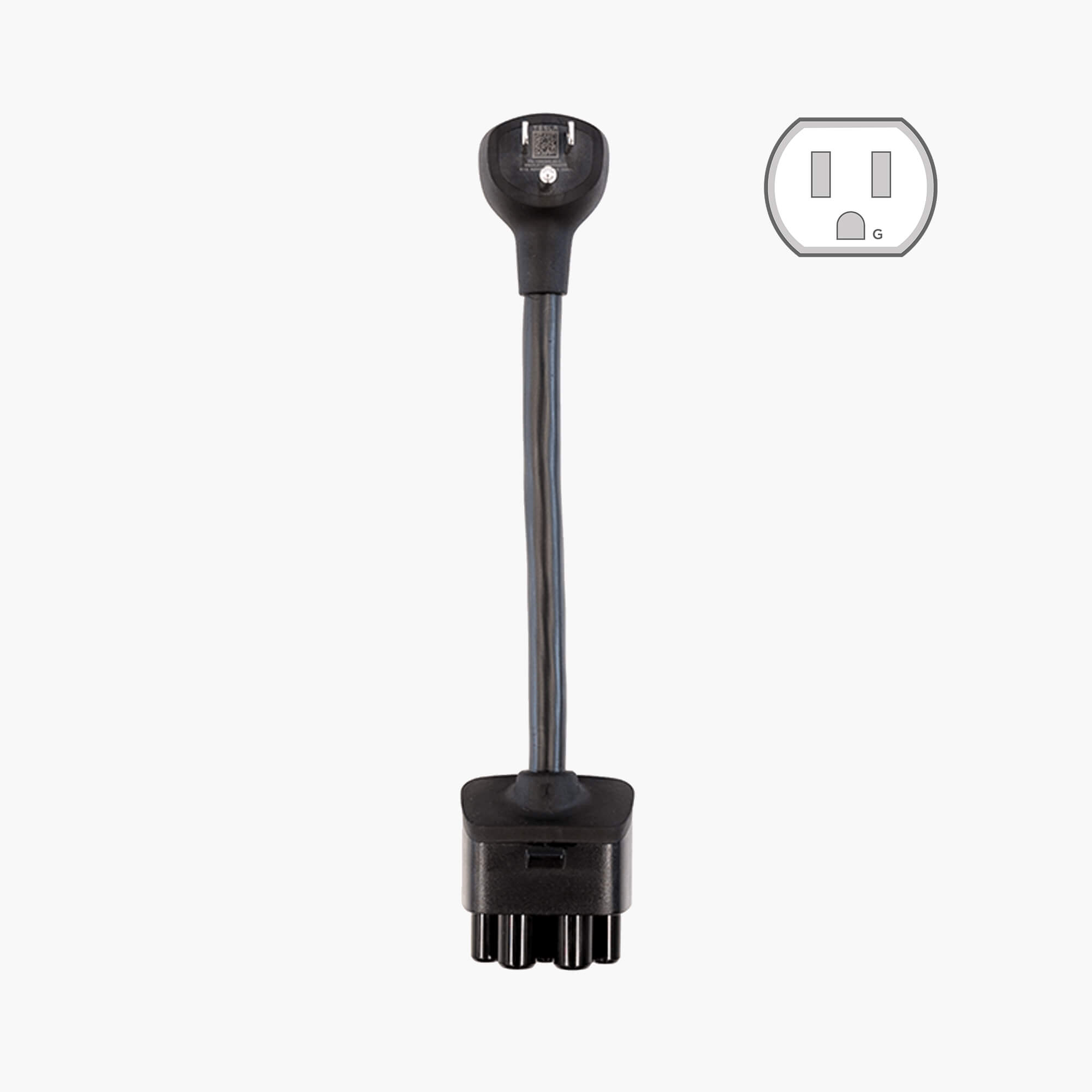I purchased this NEMA 14-30P to NEMA 10-30R adapter:
I toned it out, and the ground prong on the 14-30 end is connected to nothing. The neutral is carried through from the 14-30P to the neutral on the 10-30R on this NEMA adapter cable. Which is what I expected.
Proper wiring of a NEMA 10-30 receptacle for a dryer, back when they were allowed, required the neutral to be wired to the neutral bar , which is the same as the ground bar if the panel is Service Equipment, but if being wired to a sub panel is separate from the ground bar.
This may be why at least some NEMA 10-30R dryer outlets that I have seen are wired with 10/3, which use the white wire for the neutral and the ground wire not connected to any of the pins of the outlet, but is connected to the box if it is a metal box. Which is great if you want to upgrade the dryer receptacle to a 4 prong 14-50 in a pre-1996 house; all you have to do is change the receptacle.
It is done that way because a 10-30 is a 120/240 volt device, and originally, before EV's were invented, most devices designed to plug into a 10-30R expect a neutral on the neutral connection, not a ground.
The Tesla 10-30 cable for the Mobile Connector really can't tell any difference between the neutral and the ground; however the Tesla engineers are well aware that a NEMA 10-30 receptacle is wired with a neutral, not a ground, and would not have provided this adapter if it would be dangerous to use it.
BTW, I purchased this 50 foot long extension cord:
made with #10 wire, that has the NEMA 10-30 plug and receptacle so I can charge from dryer receptacles when traveling to vacation homes and friends/family, and the adapter allows me to plug in and use the same cord when the property is equipped with a NEMA 14-30 dryer receptacle.



